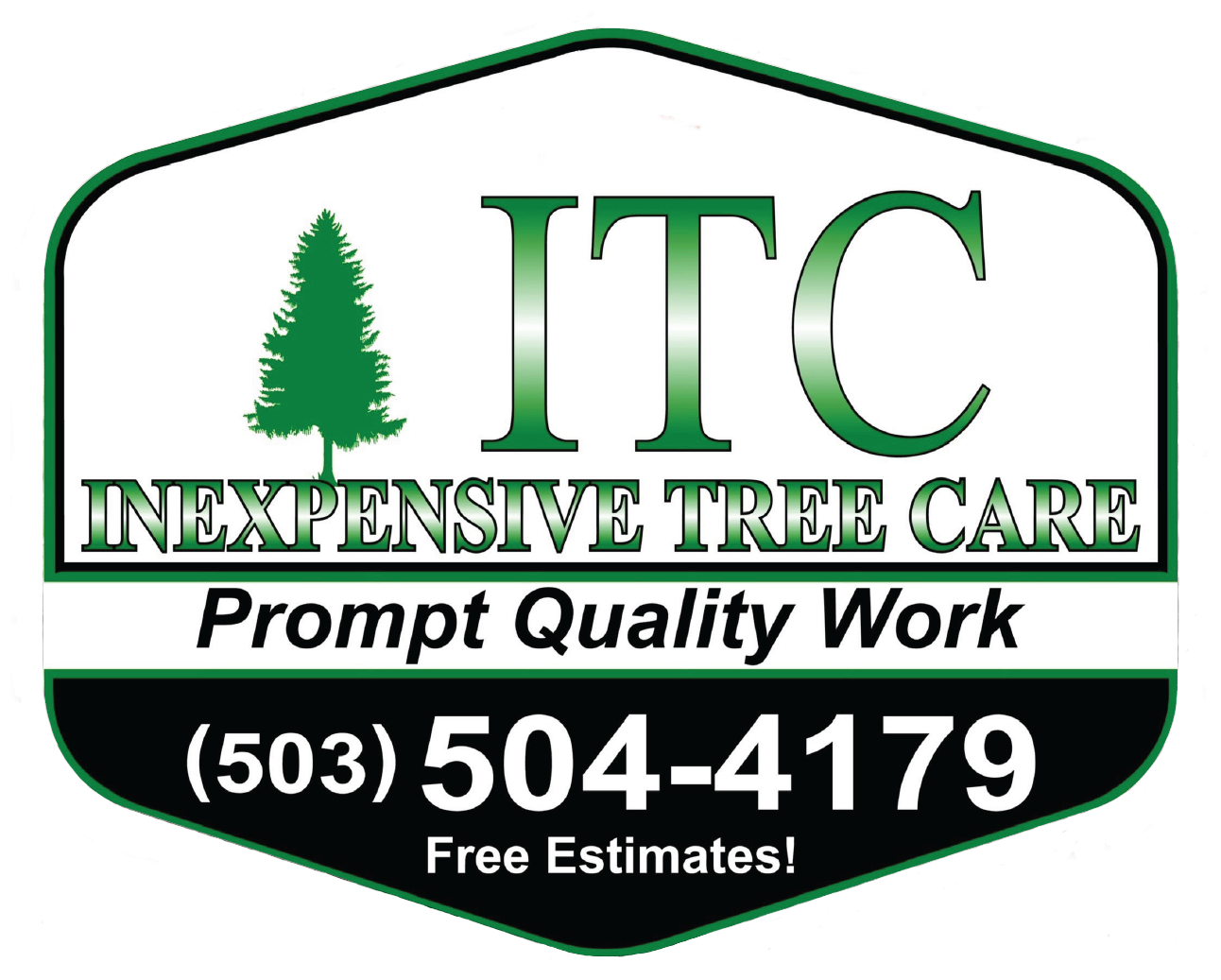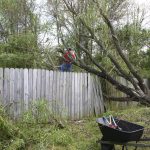How To Remove A Tree Stump With Epsom Salt
So you’ve Googled “epsom salt tree stump,” and now you’re here. Welcome! Well, let’s get right to it: The first thing to know about how to remove a tree stump with Epsom salt is that you don’t remove a tree stump with Epsom salt. We remove tree stumps (not with Epsom salt, though).
Contact Inexpensive Tree Care for all your tree removal needs. The last thing you want to do if you’re unfamiliar with tree services is to make a small problem big. And that’s just what might happen if you attempt this style of tree removal. (More on this in a second.)
The next thing to do regarding Epsom salt and tree stumps is to learn a little about Epsom salt itself.
About Epsom Salt
First, Epsom is capitalized because Epsom is a place; it’s a town in Surrey, England, not far from London. It’s where Epsom salts (magnesium sulfate) originate, having been extracted from the mineral waters and then boiled down.
Epsom salt has a variety of uses: as a bath and beauty product; to relieve sore muscles and sunburn; it can even help remove splinters. Farmers and gardeners also use Epsom salts to enrich their soil with magnesium and sulfur.
This brings us — in a roundabout way — back to the topic at hand: Epsom salt and tree stump removal.
We said up top that you should contact a professional, full-service tree service in Portland to remove your tree stump for you. We can do it lickety-split, with expertise, precision, and, most importantly, powerful equipment.
The Epsom salt method, meanwhile, takes quite a length of time and multiple treatments over the course of many months to do the trick. On top of that, using Epsom salts to remove a stump will taint the earth surrounding the stump, preventing healthy growth around it for years to come.
As many homeowners and property owners have learned, a tree stump and its complex and often disruptive root system can continue to grow even after the tree has been felled. That motivates many people to search for simple home remedies to get rid of the problem.
Enter Epsom salts — i.e., Google “epsom salt tree stump”!
Tree Stump Removal Using Epsom Salt
Epsom salts, when poured on the stump and mixed with water, will, over time, make the stump rotten and brittle. This chemical process makes it easier to break the stump up for removal.
The process itself, in simplified form:
- Drill holes (several of them) about 2 inches deep into the top of the stump. Space the holes out across the stump — about an inch apart from each other and a few inches away from the edge.
- Pour Epsom salt until it fills the holes.
- Douse the stump with water, making sure the salt is moist but not too saturated.
- Cover the stump with a tarp or plastic sheet and secure with bricks or other heavy objects.
- Let the waiting begin — one month at a minimum, depending on the size of the stump.
- Reapply salt and water as needed. Keep the stump moist and salty until you see the stump begin to dry out.
The Epsom salt will slowly pull water from the stump, basically consuming the moisture, leading to a dry, rotted tree stump. In other words, this process will kill the stump — just as it would have killed the tree.
Inexpensive Tree Care in Portland, OR
A much simpler — not to mention faster — solution to kill a tree stump: Contact the full-service tree experts at Inexpensive Tree Care in Portland, OR. In addition to our other services, we specialize in tree stump removal and grinding.
Five reasons why it’s better to call us for tree stump removal:
- We’ll give you a free estimate.
- Utility-line location is included in the price.
- We’ll remove the stump immediately.
- We’re experts — with proper training, certification, equipment, and know-how.
- We don’t use any harsh chemicals.
Give us a call today and save that Epsom salt for a warm bath. Leave the hard work to a certified arborist at Inexpensive Tree Care!




